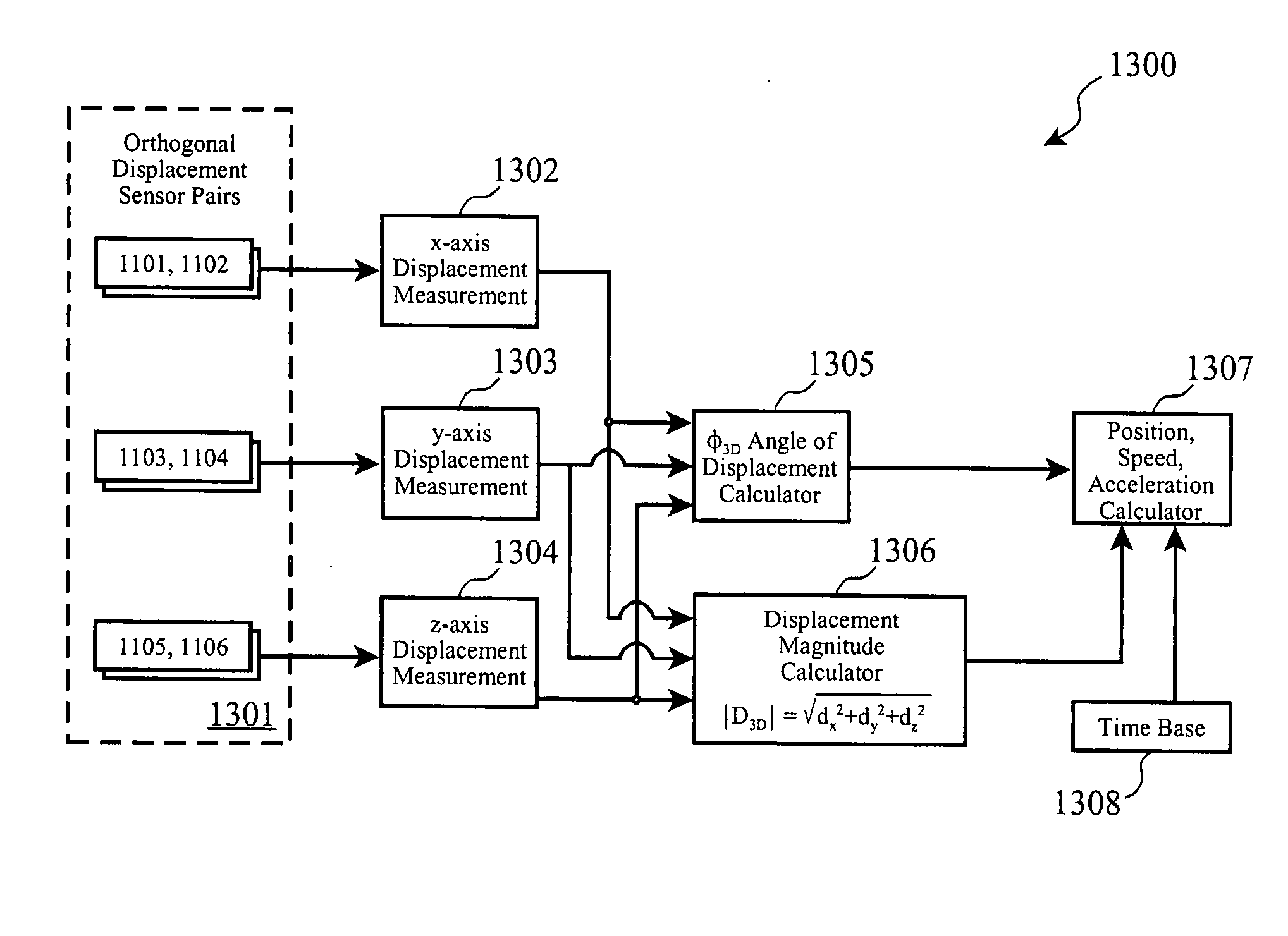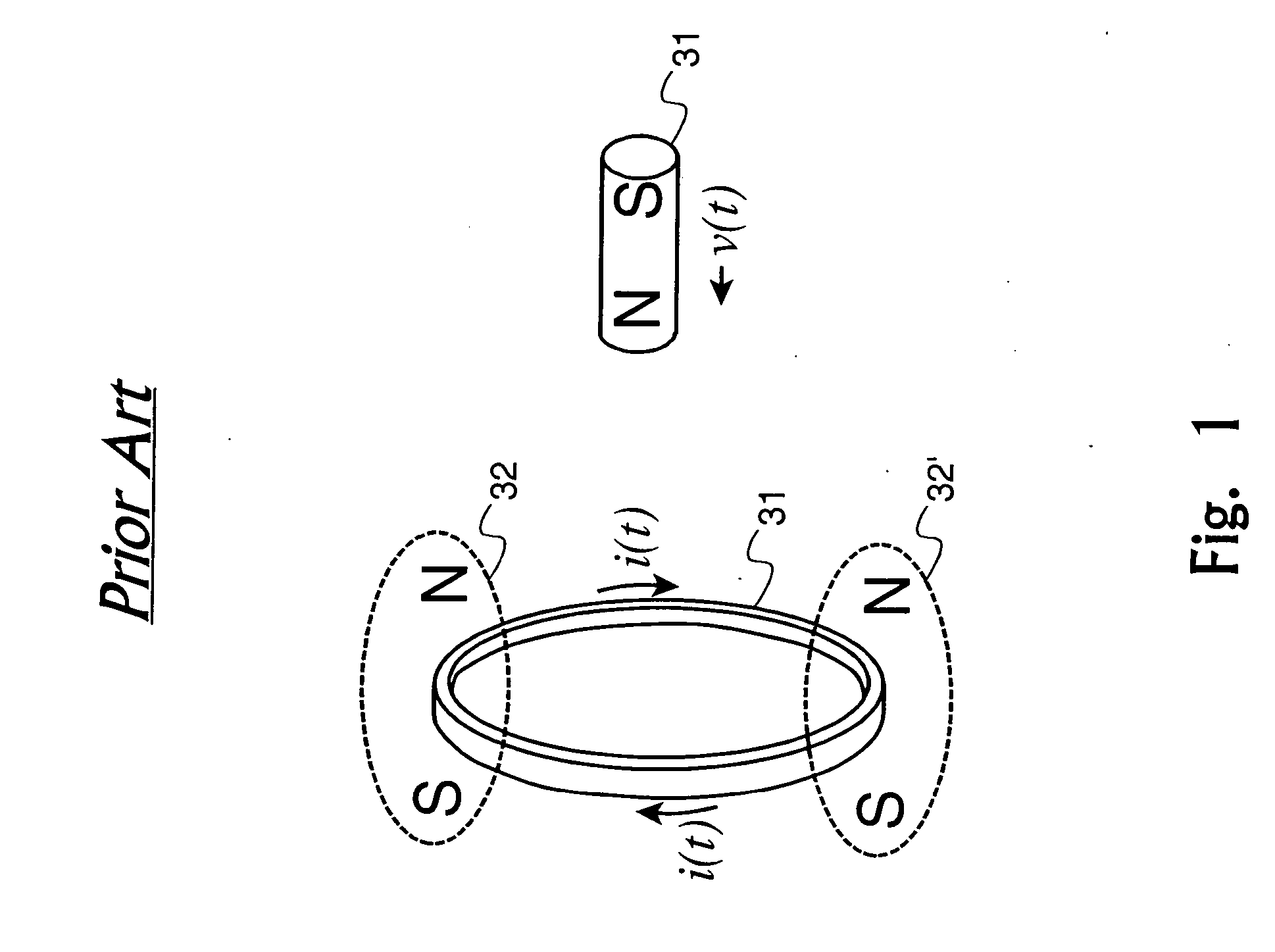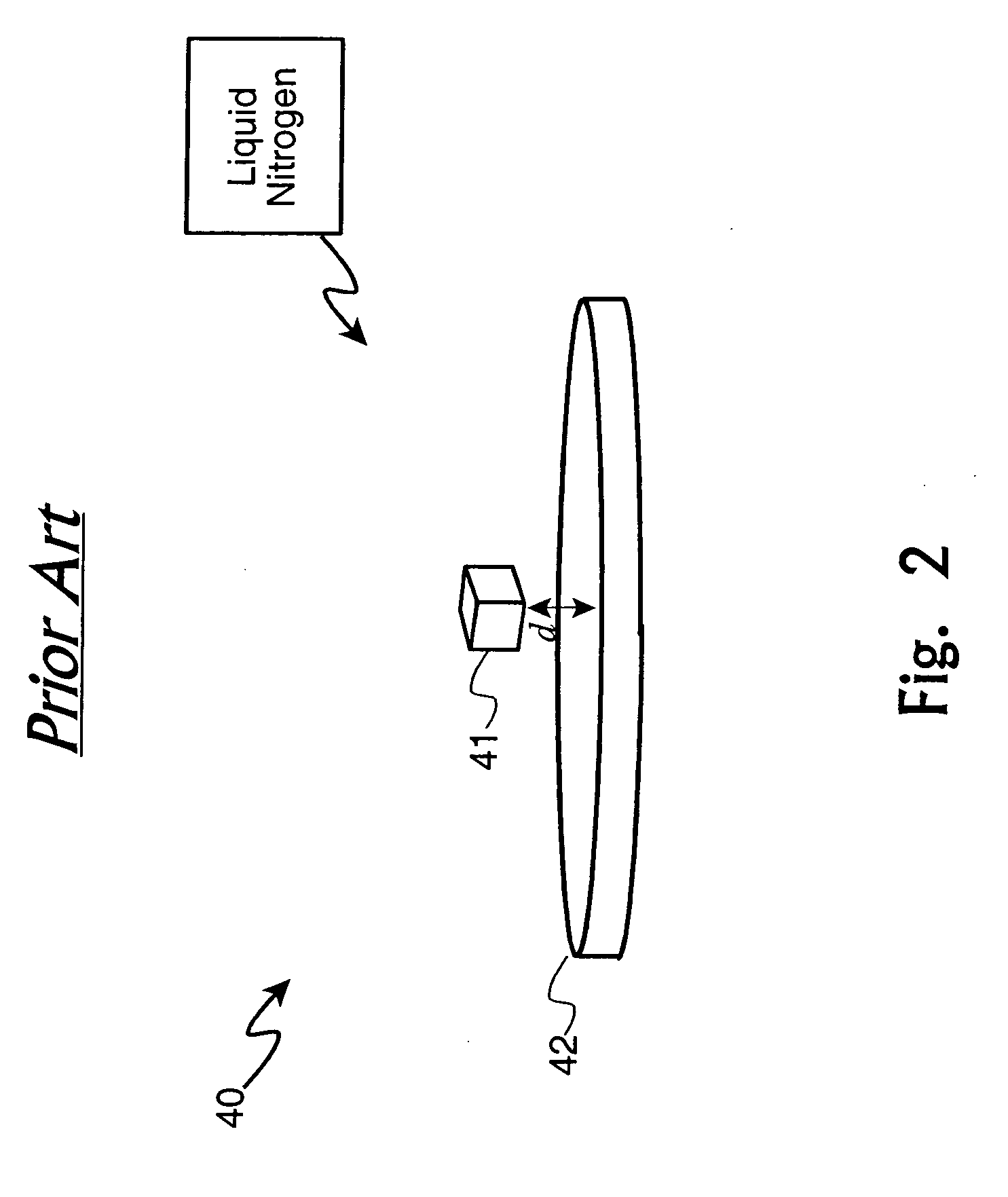Inertial navigation device for ion propulsion driven spacecraft
a technology of ion propulsion and orbital navigation, which is applied in the direction of acceleration measurement using interia forces, mechanical energy handling, instruments, etc., can solve the problems of high specialized and expensive systems, inability to use gravimetrics, and inability to stabilize the configuration of permanent magnets using static magnetic fields,
- Summary
- Abstract
- Description
- Claims
- Application Information
AI Technical Summary
Benefits of technology
Problems solved by technology
Method used
Image
Examples
Embodiment Construction
[0040] The present invention employs an apparatus and arrangement which is an extension or derivation from the apparatus and arrangement of the invention described in the related patent application. Therefore, it is useful to review the details of the related invention prior to disclosing the present invention.
[0041] Ultra-sensitive Gravimetric Sensing Device
[0042] Turning to FIG. 3, the device described in related patent invention employs a known arrangement (60) comprising a block (61) or base constructed of any suitable form of carbon which exhibits diamagnetic properties, and particularly graphite and pyrolytic graphite. Bismuth is known to have similar diamagnetic properties. Positioned above the block (61) is a permanent magnet of any sort, but preferably of a Neodymium-Boron-Iron compound, because they make the most powerfully permanent magnets known to date.
[0043] According to an alternative embodiment of the related invention, a small carbon sheet can be levitated above an ...
PUM
 Login to View More
Login to View More Abstract
Description
Claims
Application Information
 Login to View More
Login to View More - R&D
- Intellectual Property
- Life Sciences
- Materials
- Tech Scout
- Unparalleled Data Quality
- Higher Quality Content
- 60% Fewer Hallucinations
Browse by: Latest US Patents, China's latest patents, Technical Efficacy Thesaurus, Application Domain, Technology Topic, Popular Technical Reports.
© 2025 PatSnap. All rights reserved.Legal|Privacy policy|Modern Slavery Act Transparency Statement|Sitemap|About US| Contact US: help@patsnap.com



